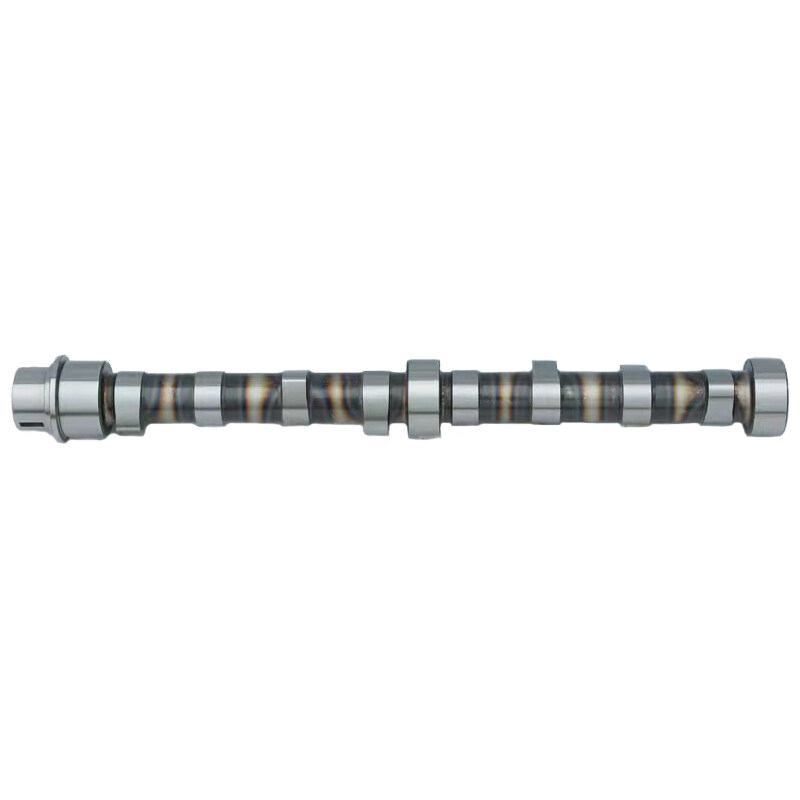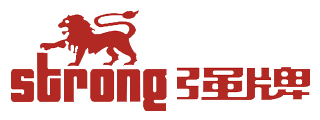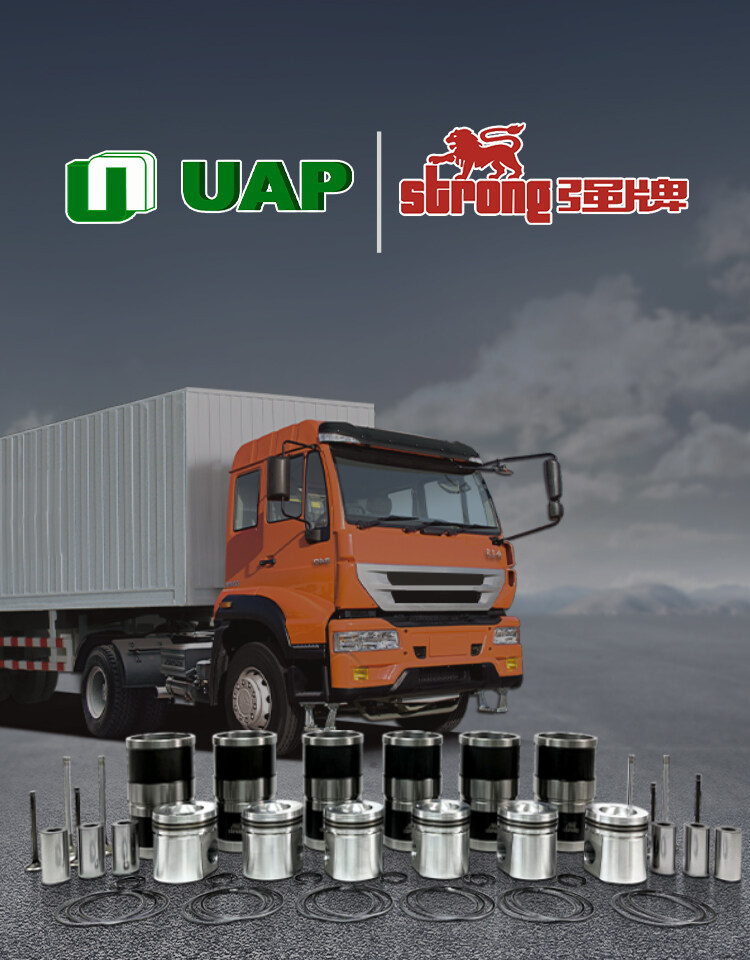Email format error
Email cannot be empty
Email already exists
6-20 characters(letters plus numbers only)
The password is inconsistent
Email format error
Email cannot be empty
Email does not exist
6-20 characters(letters plus numbers only)
The password is inconsistent


Structure, Arrangement and Drive of Camshaft
The camshaft is an important part of the engine valve train. To ensure that fresh air can be sucked in regularly when the engine is working and exhaust the waste gas after combustion in time, the camshaft is responsible for driving the valves to open and close on time. Some camshafts also have the function of driving the distributor to rotate. The speed of the car engine is very high. To ensure the intake and exhaust efficiency, the valve adopts the overhead design, and the camshaft drives the valve through hydraulic tappets and other mechanisms.

Structure of camshaft
Although the speed of the camshaft is half that of the crankshaft in a four-stroke engine, its speed is still high, and it needs to bear a lot of torque, so the requirements for the strength and reliable support of the camshaft are very high. The main body of the camshaft is a cylinder of the same length as the cylinder bank, on which several cams are processed. The camshaft is generally made of special cast iron, sometimes made of forged steel and alloy. The interior of most camshafts is made into a hollow structure, which can not only reduce the quality of the camshaft but also improve the ability of the camshaft to bear the load. The camshaft is also provided with a lubricating oil passage through which the lubricating oil passes to lubricate the camshaft, rocker arm shaft, rocker arm, and other parts.
Arrangement of camshafts
The camshafts can be divided into three types according to the arrangement position: lower camshaft, middle camshaft, and overhead camshaft. The three camshaft arrangements have their characteristics.
- Lower camshaft and middle camshaft. The arrangement of the lower camshaft and the middle camshaft is similar. The engine with these two arrangements has good performance at low speed, simple structure, and easy maintenance, so it has been widely used for a long time. At present, few car engines use the lower camshaft and the middle camshaft. Because the distance between the camshaft and the valve is far in these two arrangements, long tappets, rocker's arms, and other auxiliary components are required to drive the valve, which results in poor smoothness when the engine is working, and the valve train is prone to generate noise when working.
When the engine operates at high speed, the performance of the longer tappet is relatively poor when it moves with the camshaft. The tappet is prone to bending deformation under the action of a larger load, which may lead to serious failures such as the valve failing to open.
- Overhead camshaft (OHC). Most car engines are designed with overhead camshafts. This is because setting the camshaft above the engine can shorten the distance between the camshaft and the valve, save longer valve tappets, simplify the valve train, and make the engine more compact. The overhead camshaft drives the valve through a rocker arm or hydraulic tappet, thus improving transmission efficiency and reducing working noise. The overhead camshaft also has some disadvantages. This is because although the distance between the overhead camshaft and the valve has been shortened, the distance between the camshaft and the crankshaft has increased. Therefore, the length of the transmission metal chain or timing belt between the camshaft and the crankshaft will increase, resulting in a more complex design of the transmission mechanism than that of the lower camshaft.
Camshaft drive
Common transmission modes between camshaft and crankshaft include gear transmission, chain transmission, and toothed belt transmission. The transmission between the lower camshaft and the middle camshaft and the crankshaft is mostly driven by cylindrical timing gears. Generally, only one pair of gear is required to drive from the crankshaft to the camshaft. If the diameter of the transmission gear is too large, an additional intermediate idler gear can be added. To mesh smoothly and reduce working noise, most of the timing gears are helical gears.
Chain drive is commonly used between overhead camshaft and crankshaft, but its working reliability and durability are not as good as gear drive. In recent years, toothed tape has been widely used to replace transmission chains on high-speed engines, but chain transmission is still used on some high-power engines. The toothed tape has the characteristics of low working noise, reliable operation, and low cost. For DOHC, the exhaust camshaft is generally driven by the crankshaft through timing toothed tape or chain, and the inlet camshaft is driven by the exhaust camshaft through the metal chain, or both the inlet camshaft and exhaust camshaft are driven by the crankshaft through toothed tape or chain.
When installing the camshaft, be sure to pay attention to the timing marks on the camshaft pulley or sprocket. Some engines do not have obvious timing marks. The maintenance personnel can mark the exact positions of the crankshaft and camshaft before removing the camshaft. Some engines require special tools to adjust the timing.
Searching for china camshaft factory, plz feel free to contact us.

